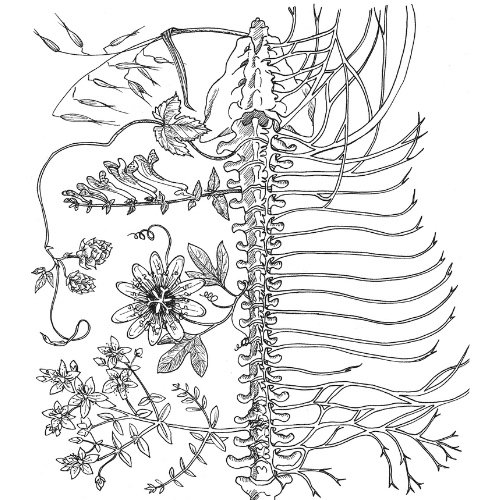“Properly understood, homeostasis is life’s fundamental property, what distinguishes it from non-life. In short, homeostasis is life.” (Turner, 2017)
The process of activating homeostasis during an AHA session, initially supervised by a certified practitioner, allows the brain to normalize mental and physical stress and trauma through involuntary neurobiological activity.
AHA is unique because it does not involve verbal processing and discussion or doing something to the brain and body, and relies instead on activating natural homeostatic processes to normalize the effects of stress and trauma. The brain is the therapist. This process of homeostasis that occurs with Autonomic Homeostasis Activation can be experienced in body, mind and spirit since all can be adversely affected by chronic stress and trauma.
By going through an AHA session that brings the body into homeostasis, the person feels calm and able to manage stress. Once the mind and body are restored to normal function AHA is a way to manage future stress whenever it occurs. The homeostasis process initially takes approximately 5 hours for an average adult. Sessions vary by individual and can be as short as 2.5 to 3 hours or over 8. Each person's brain determines how long a session takes. The entire AHA experience can be scheduled in more than one session if needed.





